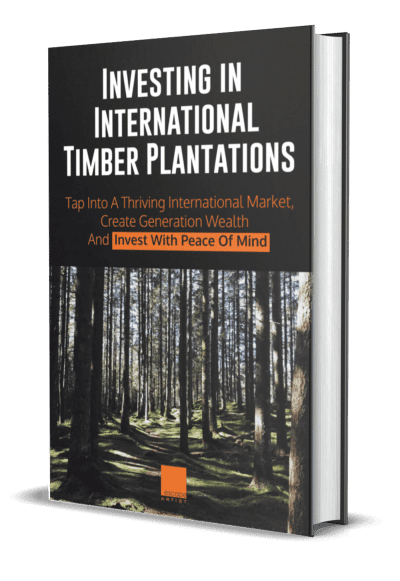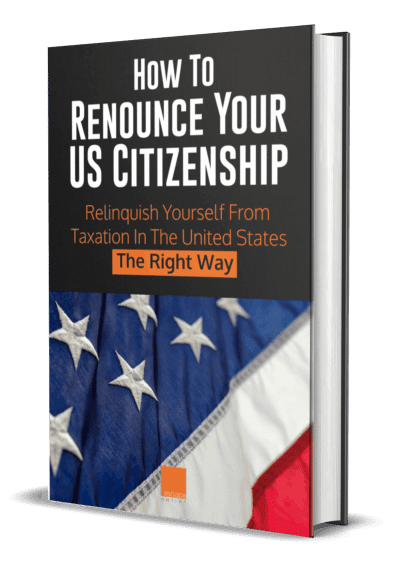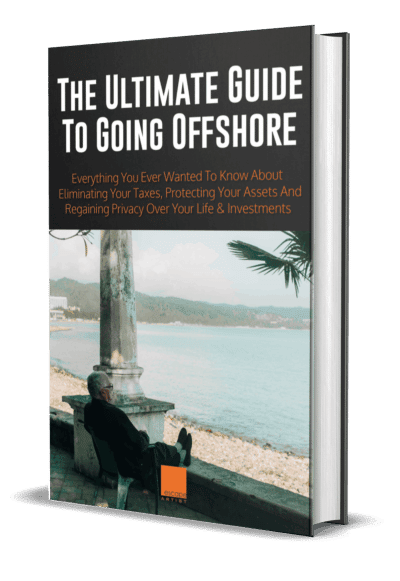While browsing the storefronts of Quepos/Manuel Antonio the other day, I saw this Hurricane History Map in an office window. What caught my attention was how Costa Rica was completely free of any direct hurricane/tropical storm trajectories. People ask us if we get hit by hurricanes, and now it’s nice to have a chart showing just how ideally located Costa Rica is, especially on the Pacific side. Clearly, the vast majority of tropical storms and hurricanes are born in the oceans to the west and especially
the east of Costa Rica, and then almost always track north. In recent years, only Hurricane Cesar and Hurricane Mitch (1996 and 1998, respectively) traveled all the way across the Central America landmass.
However, even though Costa Rica is Hurricane-free Zone, it still feels the effects of heavy rainfall from time to time.
During the hurricane season, June 1st – Nov. 30th, Costa Rica will occasionally feel the effects of these major hydro-meteorological events. Tropical storms are more common than hurricanes in Costa Rica, and it is important to note that heavy rain isn’t the same as heavy rain AND 100+ mph winds!
According to this NASA webpage, “Tropical cyclones are like giant engines that use warm, moist air as fuel. That is why they form only over warm ocean waters near the equator.” The small towns in our area (e.g., Dominical, Uvita and Ojochal) are located at approximately nine degrees north of the equator. The benefit of being at this latitude, and on the Pacific side of Costa Rica, is the wind is significantly lighter than along the Caribbean storm corridor where hurricane winds can rip off your roof. I suppose that’s why the famous Portuguese explorer Ferdinand Magellan called the Pacific Ocean, Tepre Pacificum or “Peaceful Sea”.
What Does This Mean For Pacific Zone Residents and Investors?
Light winds aside, we do experience heavy rain and flooding from time to time in Costa Rica. In some cases, the spiraling arms of a hurricane can reach over 300 miles from the eye of the storm. When there’s a storm over Nicaragua, we feel the effects of it. We know a few clients and residents who have lost portions of their property to landslides and flooding. The question is are there precautions property owners can take to ensure their piece of Costa Rica real estate doesn’t flood or slide down the hill? The answer is most likely, and here’s a brief summary–
EROSION- Lots should not have large cuts (red dirt) exposed above the building site. During my first year here, I rented a house with a hill eroding behind it. Needless to say, landslides are not fun and VERY dangerous.
RAINWATER MANAGEMENT- Check out the rainwater management on and around the property. Make sure the water is being channeled properly, specifically away from the building area. This may require the installation of canals and culverts in some cases.
SOIL TEST- Get a soil test before purchasing property on a steep hill or with creeks or rivers running through the property. It usually costs the buyer $200-$300, but it could save you thousands.
RETAINING WALLS- Add gaviones (aka- secured rock baskets) or a retaining wall to exposed hillsides to hold the land before the rainy season. Another very common preventative measure is securing green mesh or netting (known as, cerran in Costa Rica) to hillside and planting deep rooting plants in regular intervals across the face of it.
As one couple in the Uvita area found out, there are specific things you DO NOT want to do when constructing your dream home. They purchased an ocean view property that wasn’t quite large enough to fit the building footprint, so they hired a backhoe and cut into an already steep hillside directly behind their home. Construction was nearing completion, and then the heavy rains came. The water saturated the hillside, and BAM, the landslide brought 3 feet of mud through the house, an event both heart-breaking and expensive. It is my understanding that poor water management above the property also played a role in the event.
In summary, be careful. If buying of a second home in the Caribbean is on your radar, keep the above Hurricane History Map in mind. If you have already been to Costa Rica and love the ‘pura vida’ lifestyle and investment opportunities, choose your property wisely. Selecting a property based solely on price can be a mistake that ends up costing you a lot more in the end.
Experience the Insider community that takes your international lifestyle to the next level. Download your FREE guide
"18 Steps to Implementing Your Plan B" instantly!
Like Our Articles?
Then make sure to check out our Bookstore... we have titles packed full of premium offshore intel. Instant Download - Print off for your private library before the government demands we take these down!






